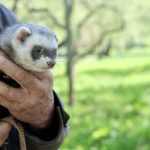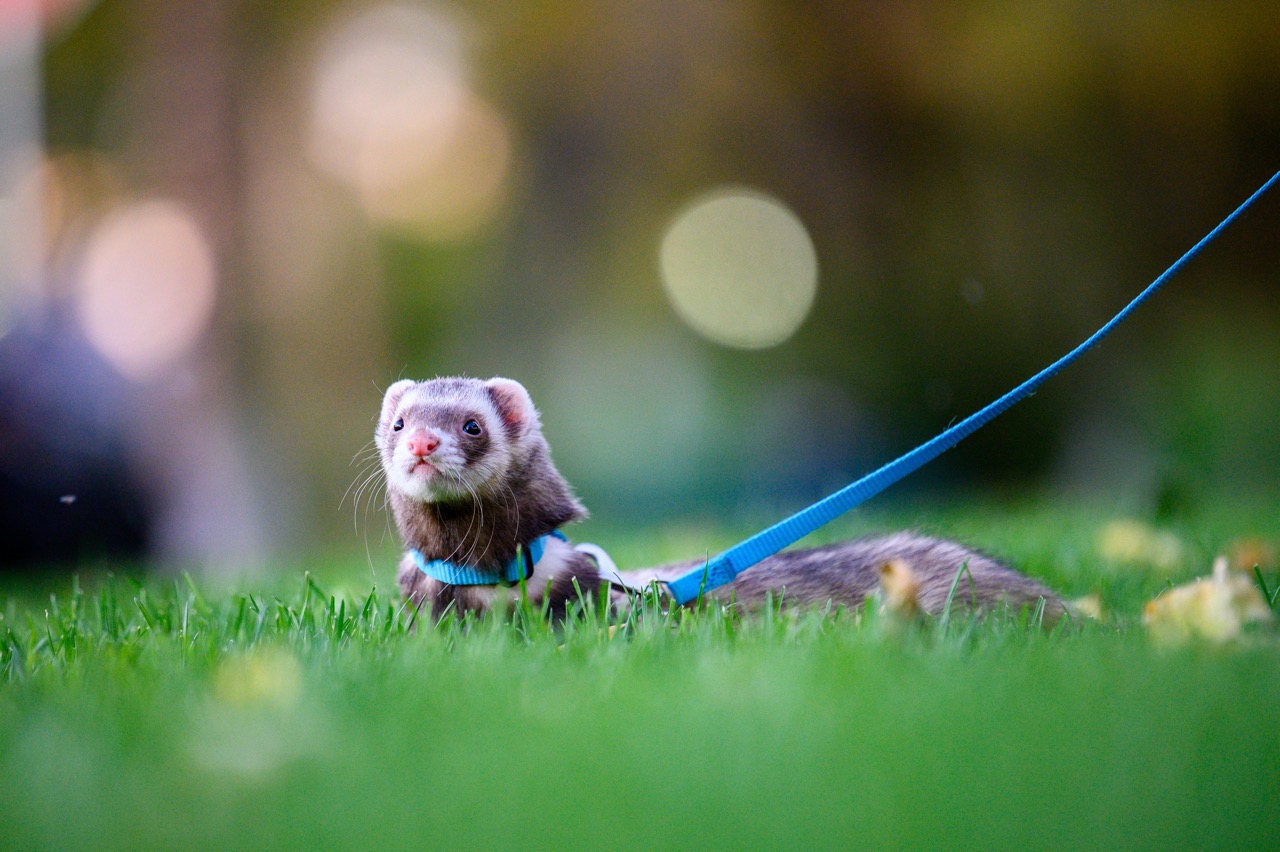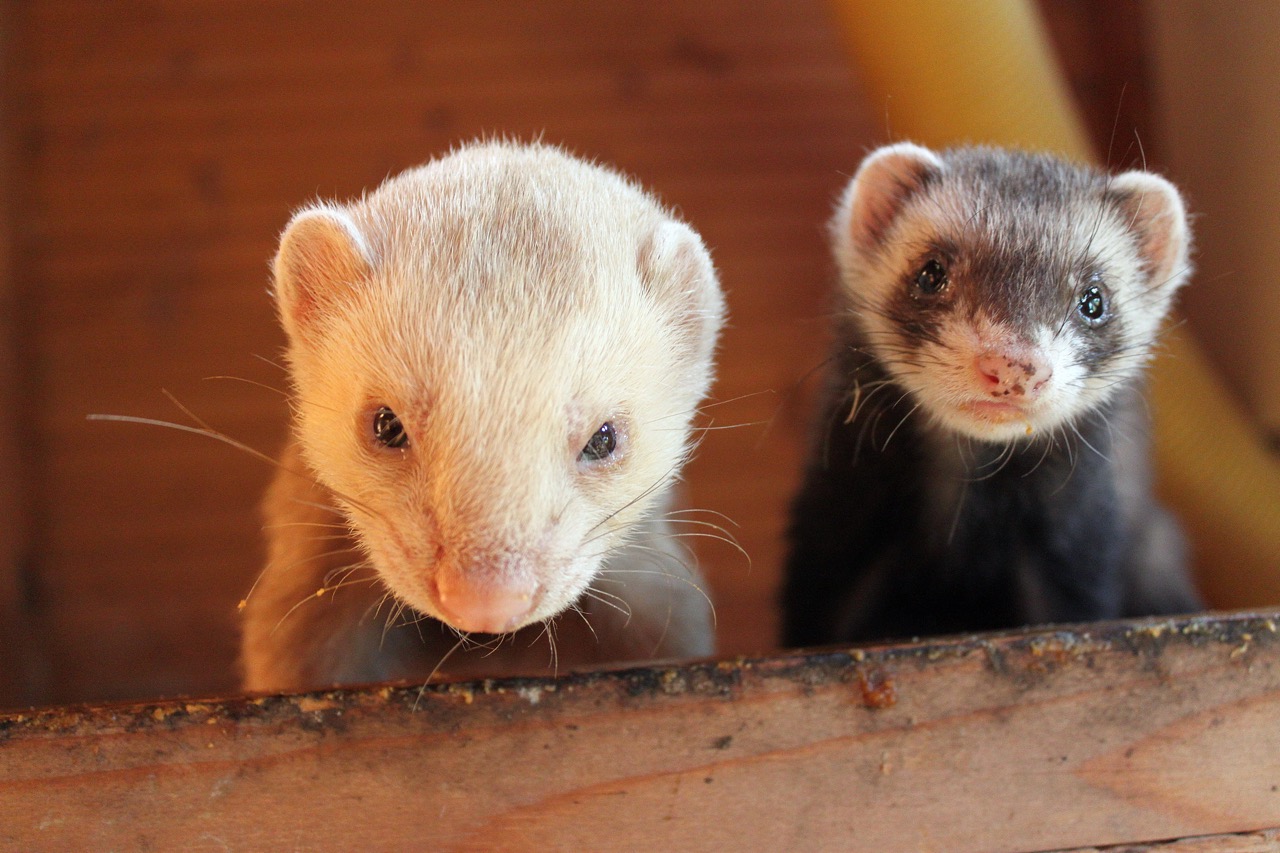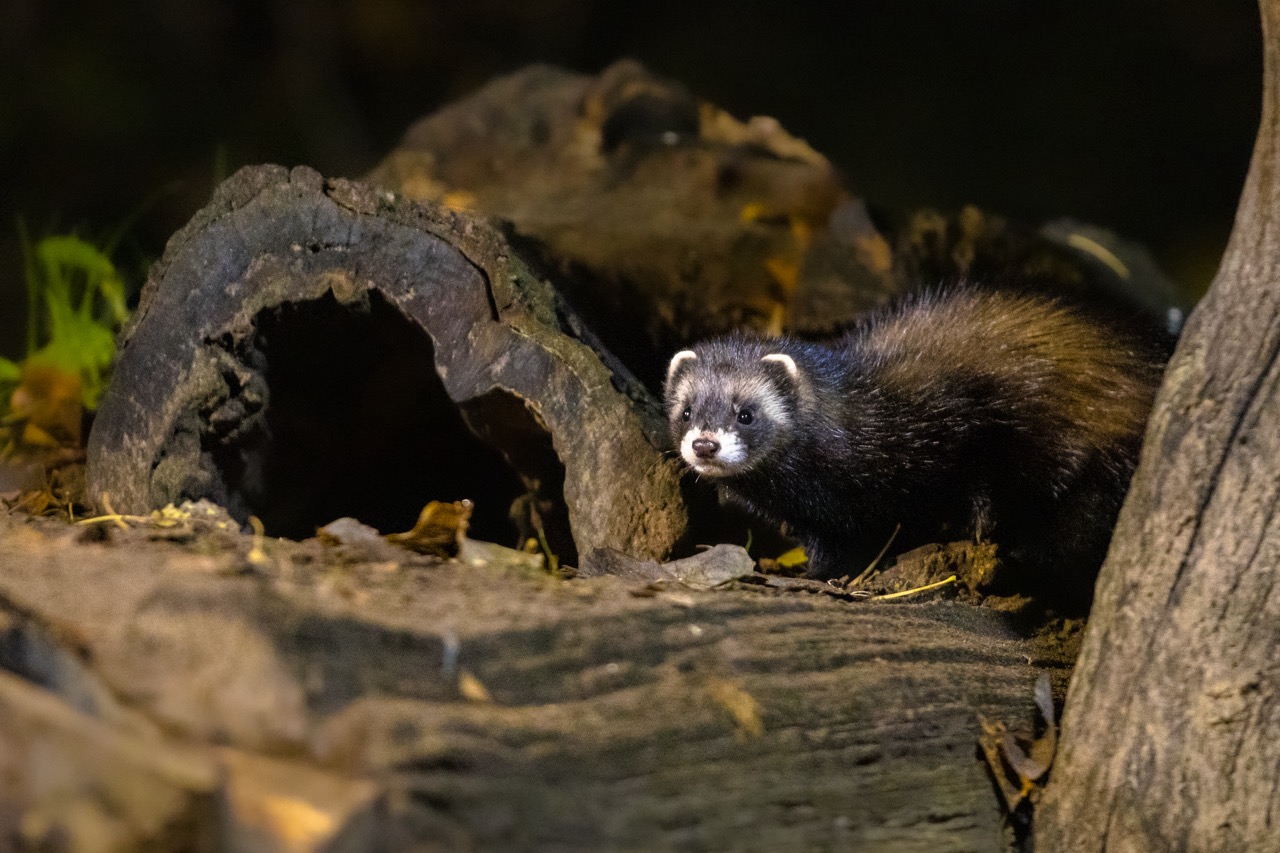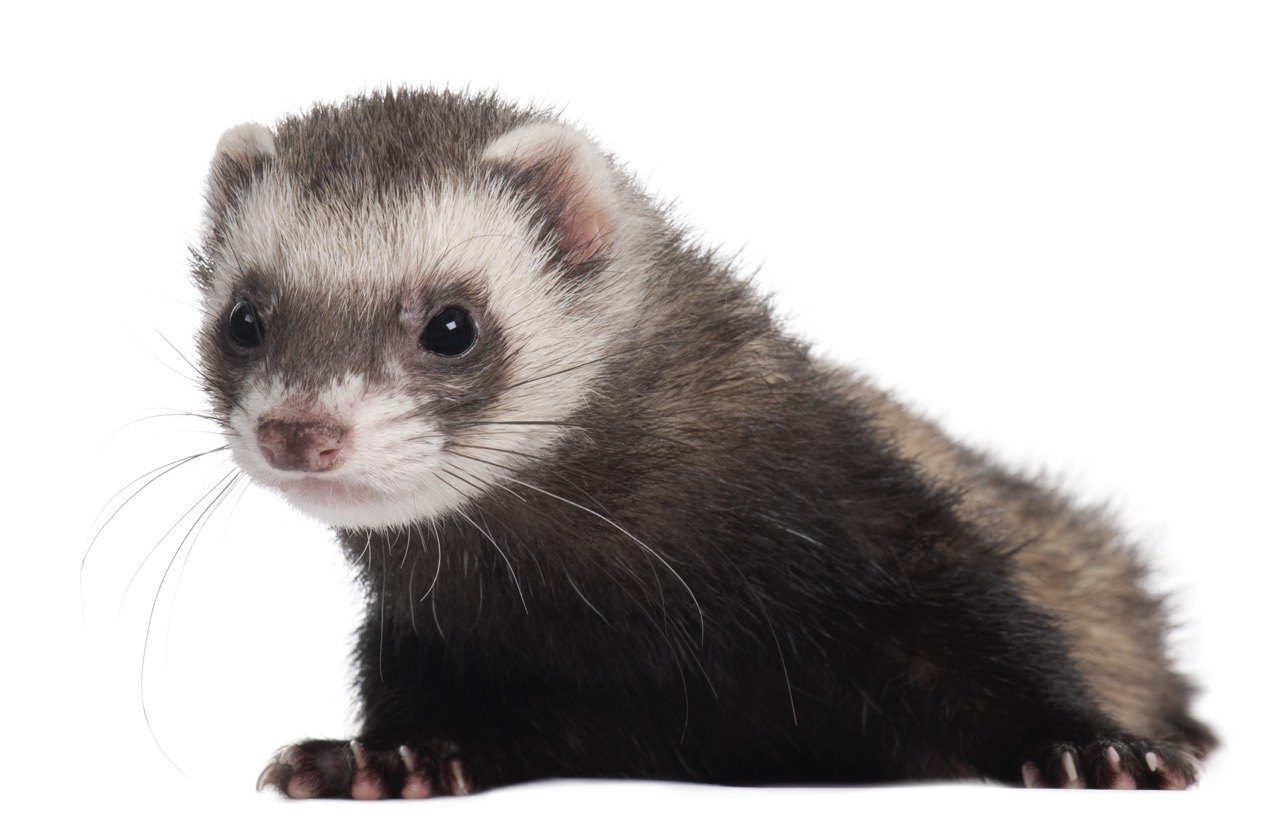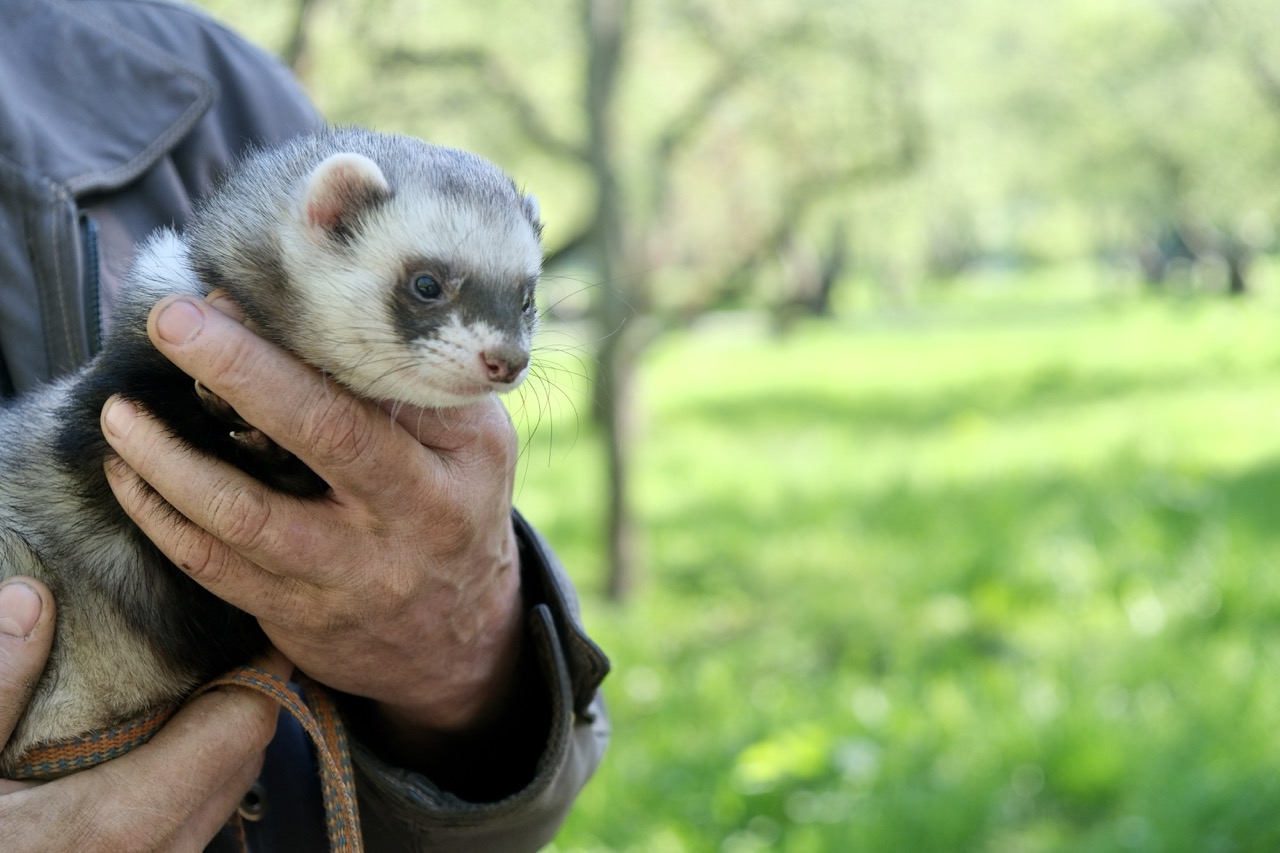Ferrets, domesticated descendants of the European polecat, are fascinating creatures known for their playful and curious nature. Understanding their behavior requires a deep dive into their evolutionary biology, social structures, and the environmental factors that influence their actions. This article explores how biology informs our understanding of ferret behavior, offering insights into their social interactions, temperament, and well-being.
The Evolutionary Biology of Ferrets and Their Behavior
The evolutionary journey of ferrets began with their wild ancestors, the European polecats, which exhibit behaviors critical for survival in the wild. These ancestors developed skills such as hunting and foraging, which have been retained, albeit in a modified form, in modern ferrets. Understanding this evolutionary background provides a framework for interpreting their instinctual behaviors, such as digging, hiding, and hunting. Ferrets are highly adapted to a predatory lifestyle, showcasing agility and a keen sense of smell, traits that inform their daily activities and interactions.
Ferrets possess a unique anatomical structure, such as a flexible spine and a long, slender body, which facilitates their natural behaviors. This physical adaptation allows them to burrow and navigate through tight spaces, reflecting their instinctual need to explore and hunt. The evolutionary pressures that shaped ferrets also contribute to their playfulness, as play serves as a crucial mechanism for young animals to develop their hunting skills and social hierarchies. Thus, their behavior is a direct reflection of their ancestry and the demands placed upon them by their environment.
Moreover, the domestication of ferrets has led to some behavioral changes. While they retain many of their wild instincts, domesticated ferrets have also adapted to human interactions and environments, displaying traits such as increased sociability and reduced wariness. Understanding this balance between their wild heritage and domesticated behavior is essential for ferret owners, as it helps them create a suitable environment that caters to these animals’ innate tendencies while promoting harmonious living conditions.
Key Social Behaviors in Ferrets: Insights from Nature
Ferrets are highly social animals, displaying a range of behaviors that reflect their need for interaction and companionship. In the wild, they often live in groups, employing a complex social structure that includes cooperation during foraging and grooming. These social behaviors are essential for building bonds within a group, promoting both psychological well-being and survival. Understanding these social dynamics allows us to appreciate the importance of companionship, whether with other ferrets or humans, in a domestic setting.
Play behavior is another vital aspect of ferret social interactions. Ferrets engage in play fighting, which is not only a form of entertainment but also a method for establishing social hierarchies and enhancing their physical coordination. This behavior mimics hunting practices, allowing young ferrets to refine their skills while fostering bonds with littermates. Observing play behavior can provide insights into the emotional states of ferrets, as well as their comfort levels with others. Thus, encouraging play is essential for a ferret’s mental stimulation and overall happiness.
Additionally, ferrets communicate through various vocalizations, body language, and scent markings. For instance, chattering and clucking sounds can indicate excitement or playfulness, while postures such as a low crouch may signal submission or fear. Understanding these signals is crucial for ferret owners to ensure they meet their pets’ emotional needs effectively. By recognizing and responding to these social cues, owners can foster a more enriching environment that supports the natural behaviors of ferrets.
The Role of Genetics in Shaping Ferret Temperament
Genetic factors profoundly influence ferret temperament and behavior. Selective breeding practices, primarily for domestication purposes, have resulted in distinct personality traits among different ferret lines. For instance, some ferrets may be more playful and outgoing, while others might exhibit shyness or a more reserved nature. This genetic predisposition affects not only how ferrets interact with their peers and humans but also their adaptability to various environments.
Research suggests that certain genes linked to behavior in ferrets can impact their levels of aggression, fearfulness, and sociability. Understanding these genetic components helps owners anticipate potential behavioral challenges. For example, ferrets with a genetic predisposition for fearfulness may require more patience and exposure to socialization to thrive in a domestic setting. Genetic insight can guide ferret owners in selecting companions that are likely to mesh well with their lifestyle and personality.
In addition, genetic testing advancements enable ferret owners to gain a better understanding of their pets’ potential behavioral tendencies. By acknowledging the genetic underpinnings of temperament, owners can implement tailored training and socialization strategies that accommodate their ferrets’ individual needs. This proactive approach ensures a more harmonious relationship between ferrets and their human caregivers, allowing for a fulfilling companionship that respects each animal’s unique background.
Environmental Influences on Ferret Behavior and Well-Being
The environment in which ferrets live significantly impacts their behavior and overall well-being. Ferrets are naturally curious and require ample opportunities for exploration and play. An enriched environment, filled with tunnels, toys, and safe spaces for hiding, can stimulate their natural instincts and prevent boredom, which can lead to behavioral issues like chewing or digging destructively. Creating a dynamic habitat encourages mental and physical engagement, essential for a healthy, well-adjusted pet.
Furthermore, socialization plays a critical role in ferret behavior. Ferrets thrive in environments where they can interact with both humans and other ferrets. Positive social experiences contribute to developing a confident and well-rounded temperament. Conversely, isolation can lead to anxiety and behavioral problems. Owners should prioritize regular playtime and social interactions to foster a sense of security and belonging in their ferrets.
Additionally, the physical environment, including temperature and cleanliness, affects ferret well-being. Ferrets are sensitive to extreme temperatures and require a comfortable living space that mimics their natural habitat. Regular cleaning is also necessary to maintain their health, as a dirty environment can lead to stress and illness. By addressing environmental factors, ferret owners can create a nurturing space that supports their pets’ natural behaviors while ensuring their overall health and happiness.
Understanding ferret behavior through the lens of biology provides valuable insights for owners and enthusiasts alike. By examining the evolutionary background, social dynamics, genetic factors, and environmental influences, we can foster a deeper appreciation for these remarkable animals and enhance their quality of life. As ferret owners, recognizing and nurturing these aspects of their biology can lead to more fulfilling and enriching relationships, ensuring that our cherished companions thrive in a loving and supportive environment.



